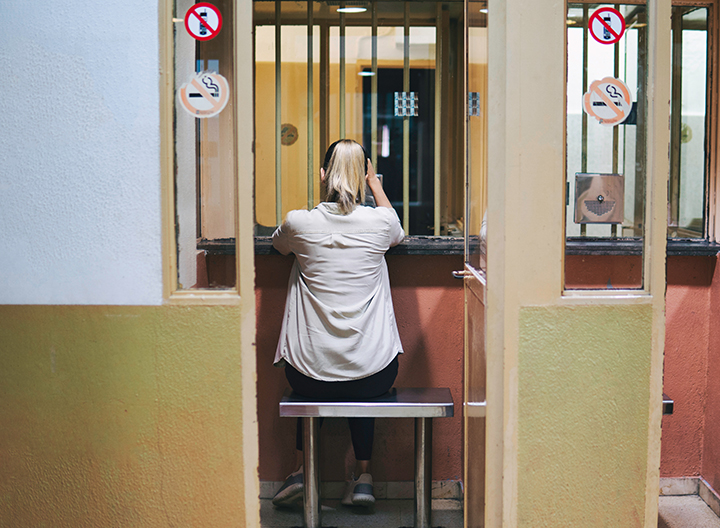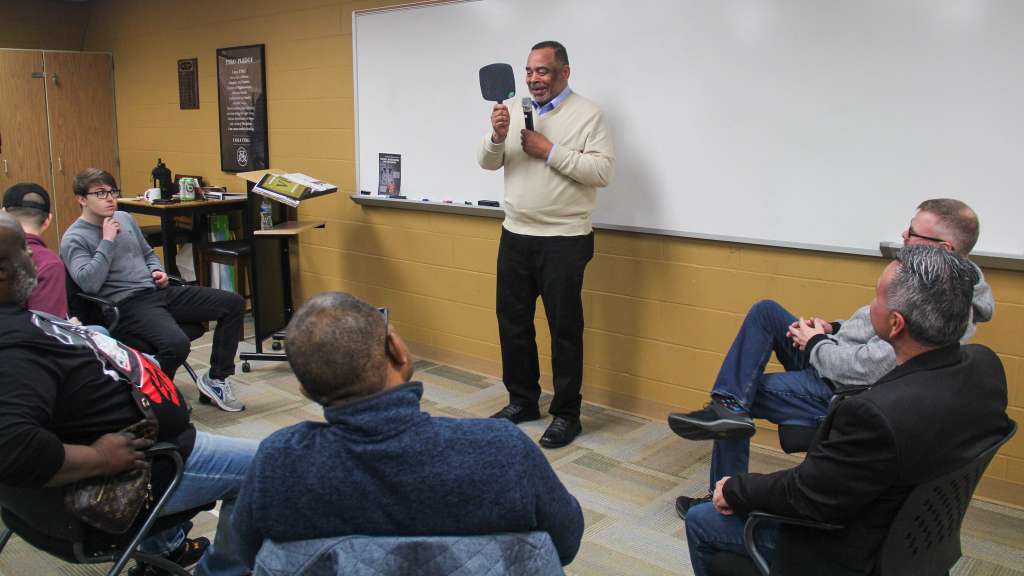Effective Programs Used in Prisons Today
Prisons today are more than just facilities for incarceration—many are centers for rehabilitation and growth, offering programs aimed at reducing recidivism and equipping individuals with tools for a successful reentry into society. Here’s a look at some of the most effective programs currently used in prisons.
1. Education and Vocational Training Programs
One of the most impactful initiatives in prisons is education. Studies show that inmates who participate in educational programs are significantly less likely to reoffend. These programs include:
- GED and High School Diploma Courses: Helping inmates achieve foundational educational milestones.
- College Courses: Some prisons partner with universities to offer college-level classes, often funded by grants or private organizations.
- Vocational Training: Programs in trades like plumbing, carpentry, culinary arts, and technology prepare inmates for employment after release.
2. Substance Abuse Treatment Programs
Substance abuse is a major contributing factor to incarceration for many individuals. Prisons often provide:
- 12-Step Programs: Such as Alcoholics Anonymous (AA) and Narcotics Anonymous (NA).
- Cognitive Behavioral Therapy (CBT): Focused on addressing underlying behaviors and triggers for substance use.
- Medication-Assisted Treatment (MAT): For inmates dealing with opioid addiction.
3. Mental Health Services
Recognizing the prevalence of mental health issues among incarcerated individuals, many prisons now offer:
- Counseling and Therapy: Individual or group sessions to address trauma, depression, and anxiety.
- Peer Support Programs: Inmates trained to provide support to others facing mental health challenges.
- Crisis Intervention: Immediate care for individuals experiencing severe psychological distress.

4. Reentry and Life Skills Programs
Preparing inmates for life after prison is a crucial component of reducing recidivism. Programs include:
- Resume Building and Job Interview Training: Teaching practical skills for job hunting.
- Financial Literacy Classes: Covering budgeting, saving, and credit management.
- Family Reunification Programs: Helping inmates rebuild relationships with their families through therapy and structured visits.
- Character-Based Learning: Evidence-based programs like TYRO Leadership have proven to be effective programs to dramatically lower recidivism, create safer prisons and help me and women create a successful re-entry plan – see more here.
5. Restorative Justice Programs
These programs focus on repairing harm caused by crime and fostering accountability. Examples include:
- Victim-Offender Mediation: Facilitated conversations between offenders and their victims.
- Community Service Projects: Allowing inmates to give back to their communities in meaningful ways.
6. Arts and Creative Expression Programs
Engaging in the arts can provide inmates with a therapeutic outlet and foster self-expression. Programs include:
- Creative Writing and Poetry Workshops: Encouraging reflection and personal growth.
- Music and Theater Programs: Building confidence and teamwork.
- Visual Arts: Painting, drawing, or sculpting as a means of communication and healing.

7. Faith-Based and Spiritual Programs
Many inmates find solace and guidance in faith-based initiatives, which often include:
- Religious Studies: Bible studies, Quranic studies, or other spiritual practices.
- Chaplain Services: One-on-one guidance from religious leaders.
- Meditation and Mindfulness Training: Promoting mental clarity and stress management. Programs like TYRO Men of God and Prison Fellowship are great examples of programs that are being used effectively in prisons today.
8. Inmate-Led Peer Programs
Peer-led initiatives can be especially effective as they create a sense of ownership and community. Examples include:
- Mentorship Programs: Experienced inmates guide newer ones through prison life. TYRO is an example of a peer-led program.
- Peer Educator Programs: Inmates may choose to teach others about health, literacy, or life skills.
- Support Groups: For specific challenges like parenting or anger management, many prisons make spaces for peer-led programming,

9. Technological Training and Digital Literacy
In a technology-driven world, prisons are increasingly offering programs to bridge the digital divide, such as:
- Basic Computer Skills: Teaching typing, email usage, and internet navigation.
- Coding and IT Training: Advanced skills like software development, often in partnership with tech organizations.
10. Physical Wellness Programs
Staying physically active can have mental and emotional benefits. Wellness initiatives include:
- Fitness Classes: From yoga to strength training.
- Nutritional Education: Promoting healthy eating habits.
- Sports Leagues: Encouraging teamwork and physical health.
These programs reflect a shift in focus from punishment to rehabilitation, equipping inmates with the skills and mindset needed for successful reintegration into society. By addressing the root causes of criminal behavior and fostering personal growth, these initiatives not only benefit inmates but also contribute to safer communities and lower recidivism rates.

